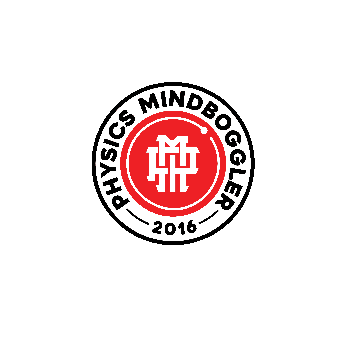Albert Einstein, in his 1905 paper (On the electrodynamics of moving bodies) formulated a physical theory that described the relationship between space and time. This theory which was built on the earlier work of Hendrik Lorentz is the special theory of relativity. The incompatibility of Newtonian mechanics with Maxwell equations of electromagnetism and Michelson-Morley experiment which demonstrated the non-existence of aether led Einstein to develop the theory of special relativity which is based on two postulates:
1. The laws of physics are invariant in all inertial frames of reference.
2. The speed of light in a vacuum is the same for all observers, regardless of the motion of the light source or observer.
In special relativity, spacetime is absolutely flat and has a wide range of consequences like length contraction, time dilation, relativistic mass, mass-energy equivalence, a universal speed limit, speed of causality and relativity of simultaneity.
Imagine yourself sitting on a park bench and reading this blog post. There are people passing by and you see a cyclist moving at some speed. Now, the theory of special relativity tells that space and time are not universal, it varies for every observer. For you, the cyclist is moving and you are stationary, however, for the cyclist, it’s him who is stationary and you, trees and earth’s surface are the ones moving. Special theory tells that from your reference frame (your perspective), time for the cyclist will be ticking slower than the time for you, whereas, from the cyclist frame of reference, time for you will be ticking slower than the time for him. Also, from your reference frame, the length of the cyclist will be contracted, whereas from the cyclist reference frame it’s you whose length will be contracted. Baffled? Give it a thought after all Einstein formulated his astonishing theories through his abstract thought process.
To determine the measured time and position the following formulas could be derived:
X’ = γ (X – Vt)
t’ = γ (t – VX/c2)
Where,
γ = Lorentz factor V = relative velocity
X = position of first-person X’ = position of second person
t = time measured for first-person t’ = time measured for the second person
These equations are Lorentz transformation, which transforms you from S frame of reference to S’ frame of reference. Here, we are free to decide person one and person two or S and S’. Let’s say you to be first-person and the cyclist is the second person. Then the above formulas will determine the time and position measured by the cyclist. To determine the time and position measured by you, following formulas could be derived:
X = γ (X’ + Vt’)
t = γ (t’ + VX’/c2)
The Lorentz factor γ could be derived as (1-(V/c)2)-1/2. Therefore, γ ≥ 1. Looking at the day to day situations, V << c. Therefore γ = 1 and we see no difference in time and length. The dilated time and contracted length could be determined as follows:
t’ = t/ γ
X’ = γ X
These equations could be derived from the equations which I discussed earlier. Another consequence of special relativity is mass-energy equivalence or famously known as E = mc2. This equation is a special case of a bigger picture; the complete equation is as follows:
E2 = (mc2)2 + (pc)2
Where,
E = energy of the particle
m = mass of the particle
p = momentum of the particle
If the particle is at rest we get the famous equation, E0 = m0 c2 where E0 and m0 are rest energy and rest mass of the particle. In special relativity, there are different kinds of masses like the rest mass (m0) and relativistic mass (m) which are related as follows:
m = γ m0
Energies could be related as:
E = γ E0
As V tends to c, γ tends to infinity and E also tends to infinity. However, as per the conservation laws of energy, energy is finite. Therefore, no object with mass could every reach velocity at the speed of light or beyond.
Getting the gist of special relativity is not a one day job or an article’s job. An article like this can just give you a basic understanding of the theory. Reading a book is the best to go deeper into the theory and practice problems to get the gist of a particular theory. So I would recommend you following books to explore deeper into the theory of special relativity.
REFERENCE BOOKS









